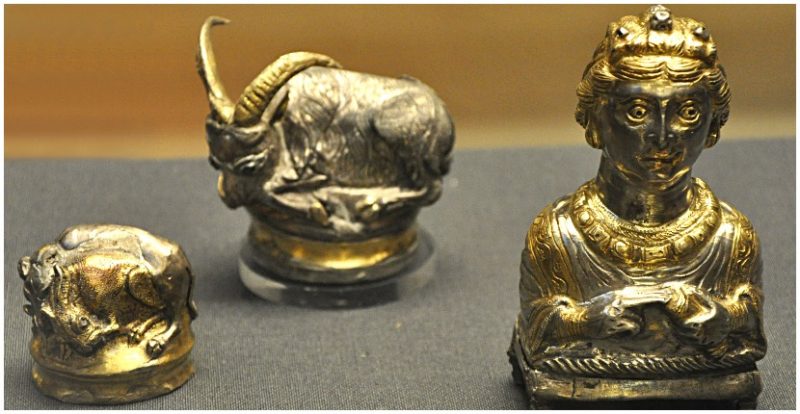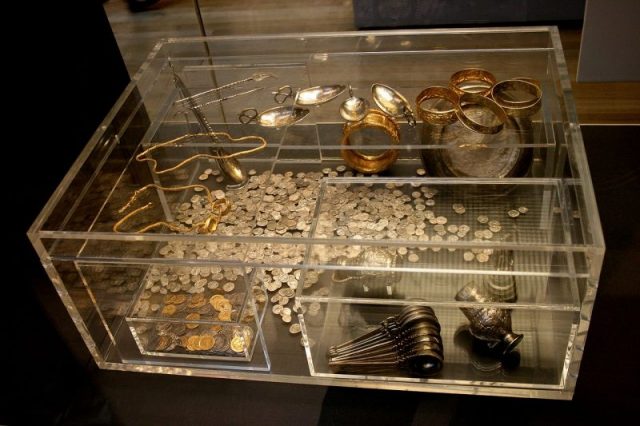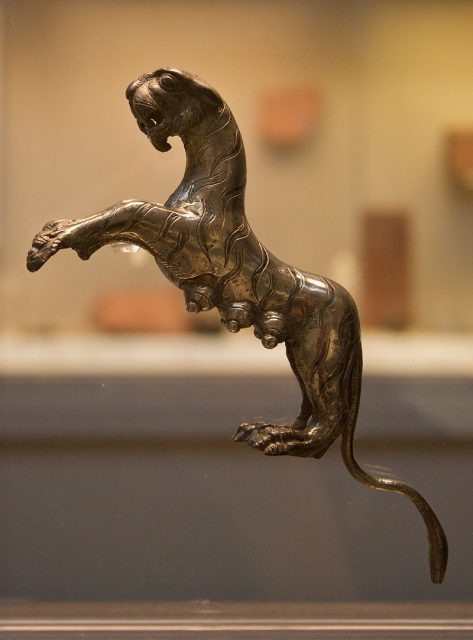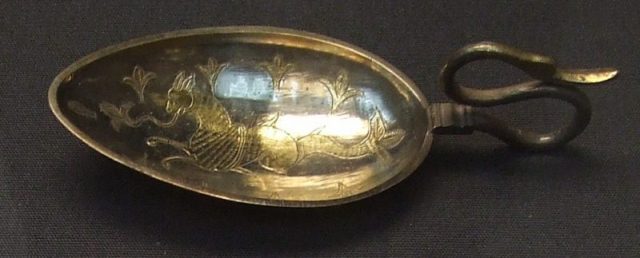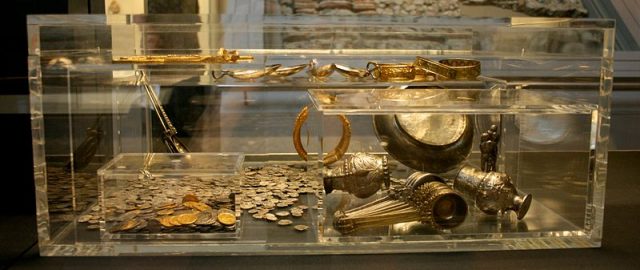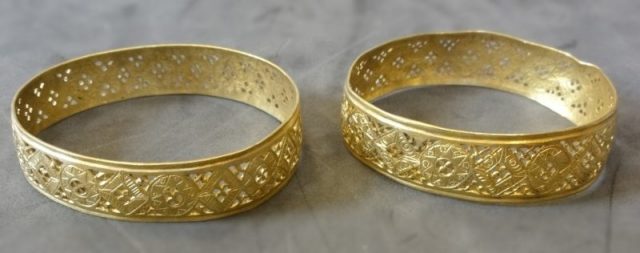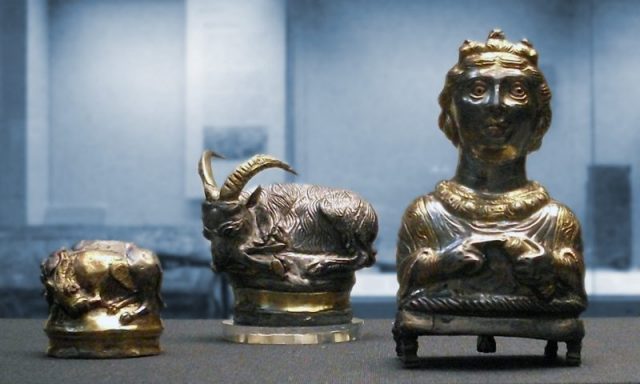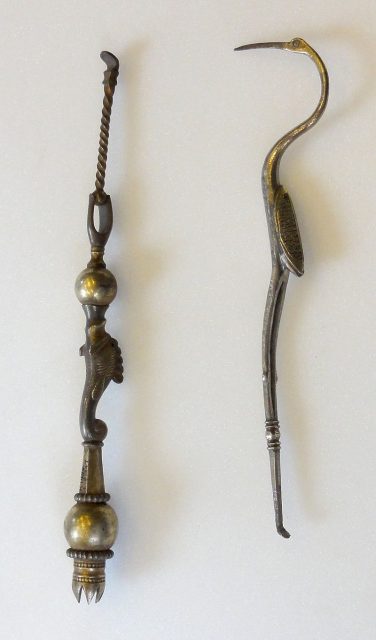
Street Fighter (1994) is an action-packed film directed by Steven E. de Souza, based on the iconic video game series of the same name developed and published by Capcom. Released as one of two adaptations in 1994, alongside Street Fighter II: The Animated Movie, this live-action film has become a cult classic, despite receiving mixed reviews. Featuring a cast of characters from the video game, the film focuses on high-octane action, intense combat, and over-the-top performances, making it a memorable adaptation for fans of the franchise.
The plot of Street Fighter centers on the efforts of Colonel Guile (Jean-Claude Van Damme), a soldier in the Allied Nations, who leads a mission to take down the ruthless dictator, General Bison (Raul Julia). Bison has taken several hostages and is using them to fuel his sinister plans for global domination. Guile, along with a group of skilled fighters, including the martial artist Chun-Li (Ming-Na Wen), the street brawler Ken (Damian Chapa), and the fighter Ryu (Byron Mann), must defeat Bison and bring peace to the world. The film follows the familiar framework of the video games, showcasing various characters’ unique fighting styles and their personal motivations.
One of the highlights of Street Fighter is the larger-than-life performances, especially that of Raul Julia as the villainous General Bison. Despite the film’s lighter tone and action-heavy script, Julia delivers a surprisingly charismatic and memorable performance. His portrayal of Bison, filled with campy humor and dramatic flair, adds a level of fun to the movie. Jean-Claude Van Damme, as Guile, brings his martial arts expertise and action star presence to the role, although his character is portrayed as a more comedic and somewhat over-the-top version compared to his video game counterpart.

The film’s action sequences, while not as sophisticated as modern action movies, are filled with intense combat scenes and creative fight choreography that pay homage to the video games. The characters’ signature fighting moves, such as Chun-Li’s “Spinning Bird Kick” and Ryu’s “Hadouken,” are brought to life in exaggerated, action-packed sequences. The film also includes a good amount of humor, which, while sometimes a bit cheesy, contributes to the movie’s charm. The colorful, somewhat campy presentation aligns well with the fun, arcade-inspired nature of the video game.

In conclusion, Street Fighter (1994) may not be a perfect adaptation of the popular video game franchise, but it delivers on the action and spectacle that fans were hoping for at the time. While it leans into the campiness of the source material, the film’s vibrant characters, thrilling fight scenes, and memorable performances, especially by Raul Julia, make it a nostalgic piece for fans of 90s action cinema. Although it may not have captured the depth and intricacies of the Street Fighter video game series, the film remains a beloved, if imperfect, classic for action movie enthusiasts.
A Farmer’s Misplaced Hammer Led to the Largest Roman Treasure in Britain
